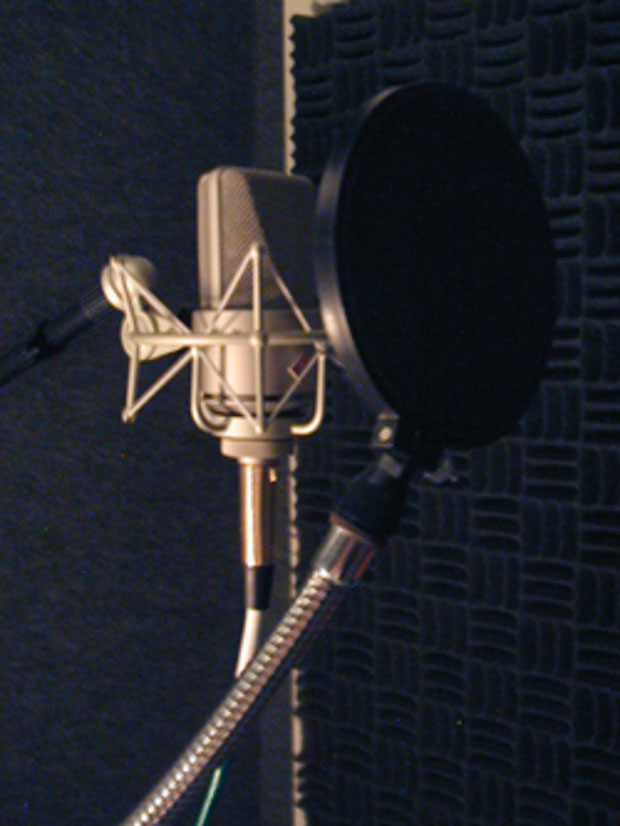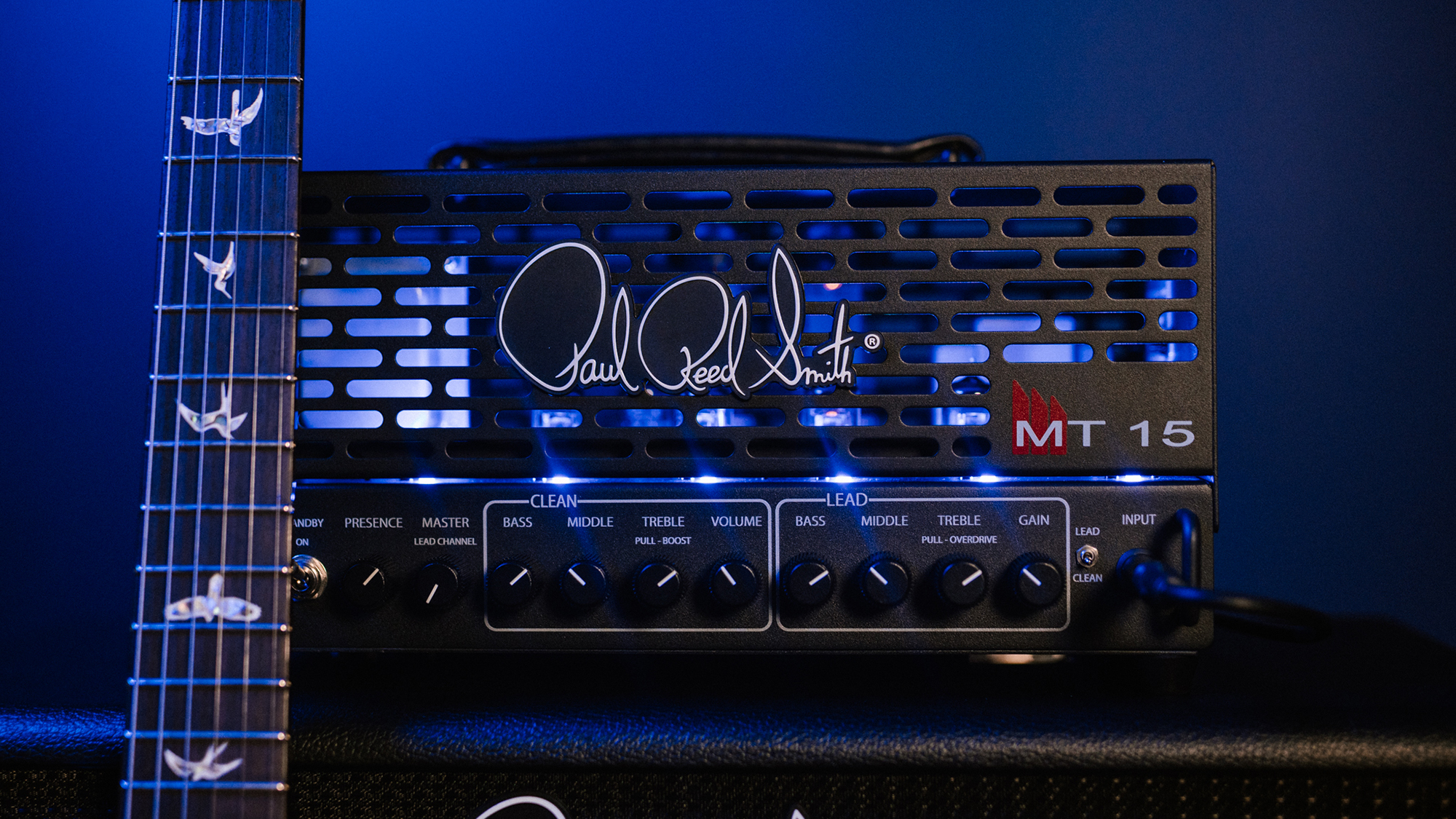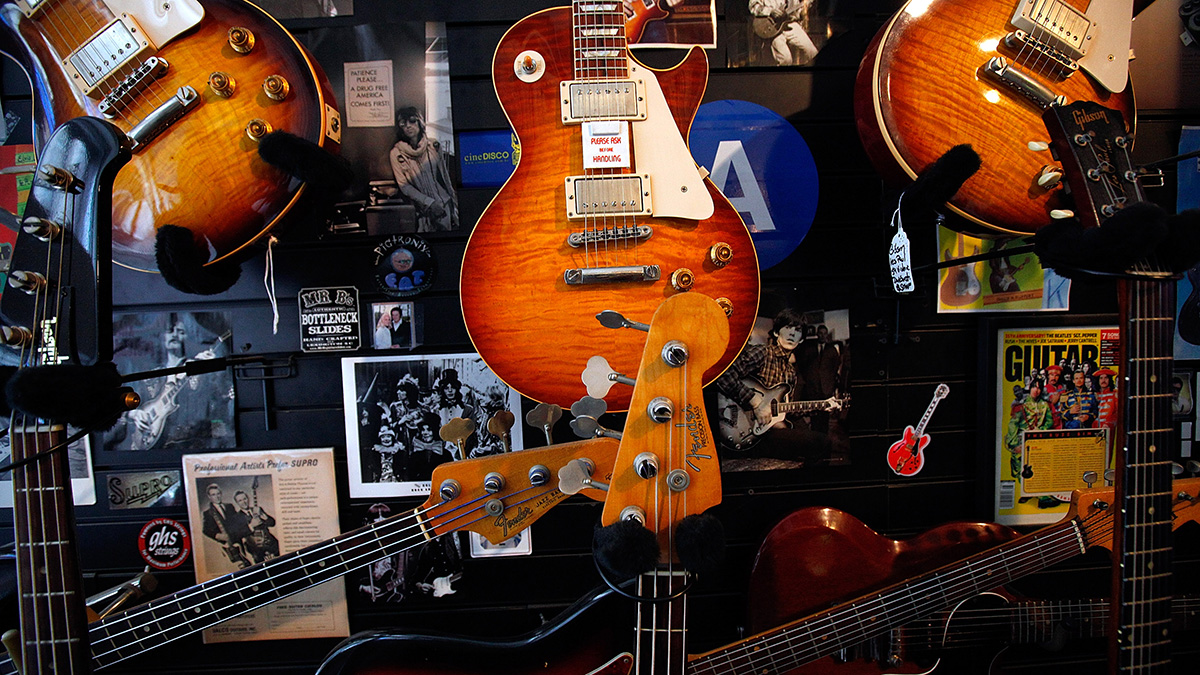Songcraft: A Harmony Primer — Creating and Recording Vocal Harmonies

A reader and fellow songwriter recently asked if I could offer some basic thoughts on the nuts and bolts of creating and recording vocal harmonies for a song (a source of frustration for said reader).
Harmony is certainly a lengthy and complex topic to distill down to a few paragraphs, but here goes something...
(Note: I'll be talking vocal harmonies here, but keep in mind the same ideas can be applied when creating harmony lines for instrumental parts—a harmonized guitar solo, a string line, etc.)
So you just recorded an amazing lead vocal for your song and now you want to add a few direct harmonies to the choruses to make them lift, adding some excitement.
OK. First off, some semantics; when I say "direct harmonies," I mean a harmony line that follows along with and sings the same lyrics as the lead vocal melody line. I make this distinction to differentiate between lyric-based harmony and, what I would call "pad"-type harmony parts, more famously known as "oohs and ahhs." The basic ideas I'm about to lay out below will use the direct brand of harmony for the sake of example, but the same thoughts can certainly apply in the creation of pad-based harmonies.
• Act naturally. Some folks are naturally very good at singing harmonies by ear, creating lines off the top of their heads. Don't dismiss this method of harmony making as "only for the pros." You might be better at creating off-the-cuff harmonies than you think. Sing along with your lead vocal track and experiment with improvising a direct harmony line. See what you come up with. You might stumble upon something very standard that just plain works, or you might discover a line that also works in a unique and interesting way.
Of course, technically speaking, there are "right" and "wrong" harmony choices, according to the science of music theory, but that said, if it sounds good to your ear, then it's cool. Plain and simple. The only rule in music is there are no rules.
Get The Pick Newsletter
All the latest guitar news, interviews, lessons, reviews, deals and more, direct to your inbox!
• Ebony and ivory. If improvisational, harmonic exploration isn't your bag and you just want to create some stock, "by the book" harmonies, grab a pen and paper and head on over to your piano/keyboard (or grab your guitar).
Now certainly, at this juncture, it would be helpful if you were well versed in the ways of music theory, but if you're not, no worries (although I will be assuming you have a very basic knowledge of what notes populate each, specific key).
First, find your chorus' lead vocal melody line on piano (or guitar). Get it under your fingers. Sing along as you play it to make sure you're playing exactly what you sang in the octave you sang it. Now write down the melody line notes in sequence (C, E, etc.). Once you have them written down, it's time to find their harmonic counterparts.
For argument's sake, let's say we want to sing an interval of a third (a common harmony choice) for our direct harmony part. Look at the notes you wrote down for your lead melody line, and one by one, again in sequence, find the third note in the applicable scale from each individual lead note and write it down.
For example, if your first lead melody line note is C (in the key of C), then count three notes from that note to find your harmonic third. In this case, that would be E. Next, find the third from your second lead melody line note and so on. Once this process is complete, you should have a harmonic partner note written for every note in your lead melody line.
Now play your newly discovered harmony line. On its own, it might sound odd or melodically challenged, but that's OK. Begin to sing the harmony line, with your lyrics, and try and commit it to memory. Once you have it stored in the old gray matter, try singing the harmony line along with the recording of your lead vocal. See how it sounds. If it sounds cool, then congratulations, you have a harmony part that's record ready!
However, if you're having trouble singing this "weird" harmony line along with your lead vocal line, or you find yourself loosing your note, lapsing back to singing the lead melody line, etc., no problem, you're not alone (trust me; been there, done that). In order to remedy this situation, head back over to the keys/guitar and your paperwork and re-teach yourself to sing the harmony line. Once you think you've got it down, go back to your recorded track, but before you hit play, mute out your lead vocal. Now, with just the backing track sounding, sing your chorus harmony line as if it were (a slightly odd) lead vocal line. Practice it. Get it in pitch and in time just as you would any other lead vocal, and then, with your original lead vocal still muted out of the mix, record the harmony line on a separate track as if it were an alternate universe lead vocal. Once the harmony line is down, un-mute your lead vocal and blend the harmony vocal with said lead vocal. If you recorded your harmony line in pitch, in time, with the same phrasing, etc., both vocal tracks should match up nicely and, shazam, you have a harmonized chorus.
Now, of course, there are many other factors to consider (too many to cover in this limited space) when talking harmony. What's outlined above is just a very basic, jumping-off point to get you started. However, before I wrap, here are a few additional points to think about:
• If you'd like to add another harmony part to the above-described and recorded two-part harmony section, creating a three-part harmony group, repeat the above-outlined, piano-pen-to-paper discovery process. This time, though, instead of a third, find partner notes a fifth away from your lead melody line notes. Again, memorize, record and blend.
• If your lead melody line is sung in a higher octave, you might consider singing your harmony line in a lower octave, under or below the melody line. Conversely, if your lead melody line is sung in a lower octave, consider singing the harmony line higher, above the lead line.
Go forth and harmonize.
Mark Bacino is a singer/songwriter based in New York City. When not crafting his own melodic brand of retro-pop, Mark can be found producing fellow artists or composing for television/advertising via his Queens English Recording Co. Mark also is the founder/curator of intro.verse.chorus, a website dedicated to exploring the art of songwriting. Visit Mark on Facebook or follow him on Twitter.
"Upgrading from your entry-level acoustic opens the door to an entirely new world of tonewoods, body shapes, and brands": 6 signs it's time to upgrade from your first acoustic guitar
"I'm past my prime": 5 common excuses for not learning the guitar – and 5 body and mind-boosting reasons you should









